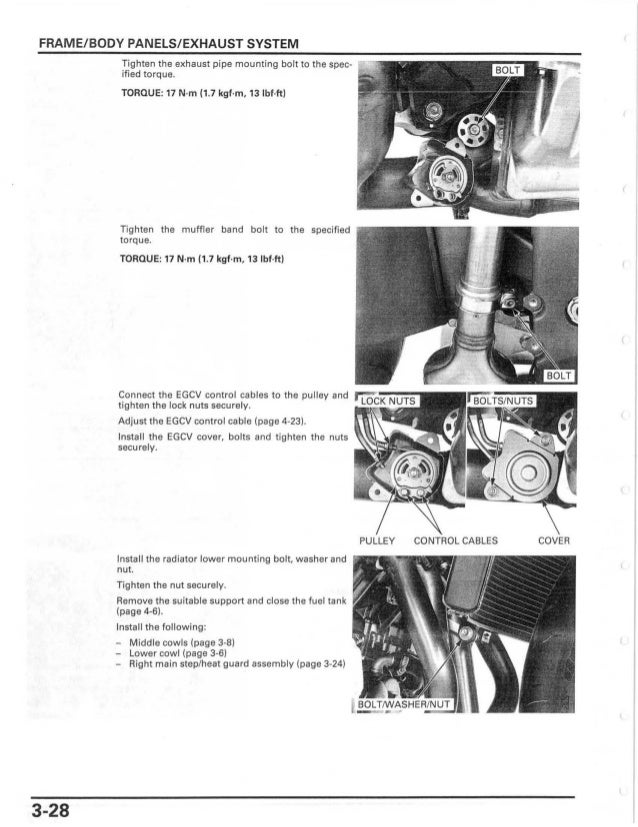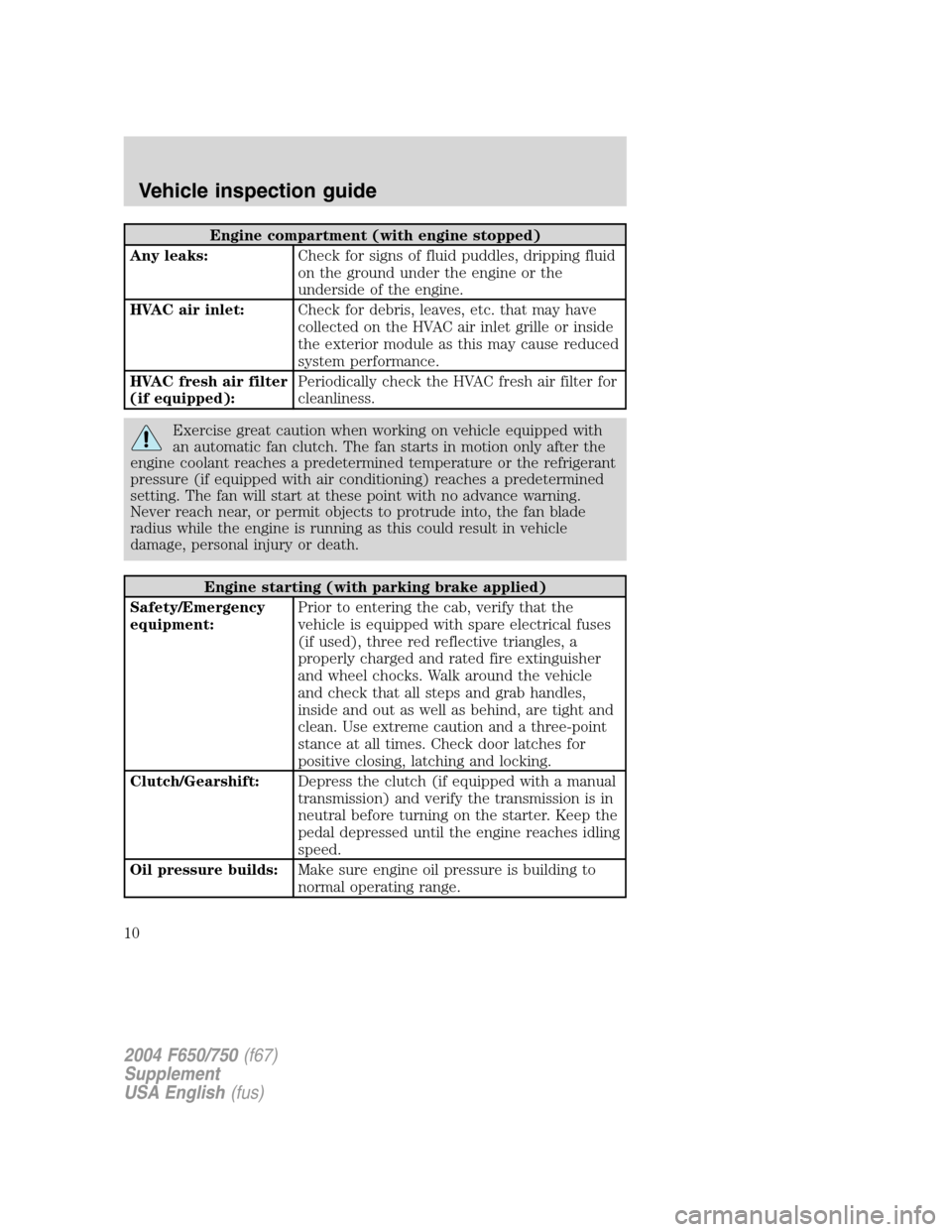Honda Four Stroke 150 Owners Manual
For Great Lakes or small fishing holes, only one name will do. When you’re chasing horizons, you want an outboard that delivers optimum performance and peace of mind. Which is why you want the Honda BF135 and BF150. These engines created the benchmark for a new generation of marine engine technology, and they’re the choice of center console, catamaran, pontoon, and bay boat owners across the country. Both motors feature advanced Dual Overhead Cam, in-line four-cylinder architecture, a benefit from decades of Honda automotive and racing experience. Racing experience means more horsepower and instant throttle response.
Honda Four Stroke 150 Owners Manual Pdf
Honda’s exclusive Dual-Stage Induction delivers top performance at every rpm range. And Lean Burn Control automatically adjusts the air-fuel mix to maximize power and fuel efficiency. All of which makes it clear: when it comes to boating, nothing beats the fuel efficiency and precision standards of Honda. How does VTEC work?
VTEC varies the lift and duration of the intake valves to deliver optimal performance at both low and high rpm, resulting in peak performance at all speeds. VTEC uses two cam lobe profiles to operate the intake valves. The low-lift, short duration cam lobes (shown in red) provide strong torque at low rpm. At higher rpm, a synchronizing piston engages the third rocker arm on a high-lift cam (in blue). All three rocker arms are locked together.
The intake valves are open for a longer period of time to produce more power. This results in a superior combination of power, torque and fuel efficiency.
Alternators, by the numbers Honda advertises the real amps that you would see in real use. Some outboard manufacturers only advertise their total alternator output, measured at cool temperatures. This can be somewhat misleading. Honda measures alternator output at normal operating temperatures.
Most other manufacturers measure using a cool alternator, which produces more amps. Honda advertises total amps and “charging amps.” Charging amps are the total amps minus the ignition’s requirements. For example, say an engine produces 27 amps in total. The ignition uses 5 amps, leaving 22 charging amps available to power accessories Compare for yourself, and you’ll see: apples to apples, Honda motors give you the power you need. The base is a corrosion-resistant Honda aluminum alloy, followed by a double-sealed treatment.
An epoxy primer undercoat is applied. An acrylic resin metallic coating is baked on. A clear overcoat of acrylic finishes the process.
Honda engines have several other features designed to help protect them from the harsh marine environment:. Sacrificial anodes protect the engine from galvanic corrosion. All fasteners and hardware are either stainless steel or a specially treated Dacro material. All wiring connectors are sealed to prevent water intrusion. Fresh water flush ports on select models allow you to flush the engine with a garden hose.
How does VTEC work? VTEC varies the lift and duration of the intake valves to deliver optimal performance at both low and high rpm, resulting in peak performance at all speeds.
VTEC uses two cam lobe profiles to operate the intake valves. The low-lift, short duration cam lobes (shown in red) provide strong torque at low rpm.
At higher rpm, a synchronizing piston engages the third rocker arm on a high-lift cam (in blue). All three rocker arms are locked together.

The intake valves are open for a longer period of time to produce more power. This results in a superior combination of power, torque and fuel efficiency. Alternators, by the numbers Honda advertises the real amps that you would see in real use.
Some outboard manufacturers only advertise their total alternator output, measured at cool temperatures. This can be somewhat misleading.
Honda measures alternator output at normal operating temperatures. Most other manufacturers measure using a cool alternator, which produces more amps. Honda advertises total amps and “charging amps.” Charging amps are the total amps minus the ignition’s requirements. For example, say an engine produces 27 amps in total. The ignition uses 5 amps, leaving 22 charging amps available to power accessories Compare for yourself, and you’ll see: apples to apples, Honda motors give you the power you need. The base is a corrosion-resistant Honda aluminum alloy, followed by a double-sealed treatment.
An epoxy primer undercoat is applied. An acrylic resin metallic coating is baked on. A clear overcoat of acrylic finishes the process.

Honda engines have several other features designed to help protect them from the harsh marine environment:. Sacrificial anodes protect the engine from galvanic corrosion. All fasteners and hardware are either stainless steel or a specially treated Dacro material. All wiring connectors are sealed to prevent water intrusion.
Fresh water flush ports on select models allow you to flush the engine with a garden hose.
There’s a good reason why the legendary Yamaha F150 is the best-selling 150-horsepower four stroke of all time. Powerful, light, nimble and compact, boaters know that its proven reliability is unmatched for everything from pontoons to flats boats to deep-V hulls.
That record of performance spawned a remarkable family line that continues with the F175 and F200. Now, more boaters can enjoy Yamaha’s technologically advanced I-4 line than ever before. Whether your rigging is digital or mechanical, the entire lineup is compatible with your control preference. It’s just one of the ways the I-4 line keeps getting better and better, year after year. IN-LINE 4 200 hp The lightest DOHC outboard in its class, this I-4 is the perfect, lightweight 200-hp solution for small- to medium-size boats. Plus, it’s the first in-line four compatible with Helm Master ®, our fully integrated digital boat control system. Compatible with mechanical controls or digital Command Link Plus ® or Helm Master ® controls.
Runs on economical 89 octane. Only 487 pounds (20” shaft model). 20” or 25” shaft options (LH rotation available in 25” shaft digital control). 50-amp alternator provides 13 percent more power than V6 3.3-liter F200. Engine Type Inline 4 Displacement 2.8L Bore x Stroke 96 x 96.2mm (3.78 x 3.79in) Prop Shaft Horsepower 200hp @ 5500 rpm Full Throttle RPM Range 5000 6000 rpm Alternator Output at W.O.T. 50 Amp Compression Ratio 10.3:1 Fuel Induction System EFI Weight.
220 kg (487 lbs) - 221 kg (489 lb) Recommended Fuel Octane 89 Recommended Engine Oil Yamalube® 4M (See owner's manual) Recommended Fuel Filtration Yamaha 10 Micron Fuel/Water Separating Filter (external) C.A.R.B. Engine Type Inline 4 Displacement 2.8L Bore x Stroke 96 x 96.2mm (3.78 x 3.79in) Prop Shaft Horsepower 175 hp @ 5500 rpm Full Throttle RPM Range 5000 6000 rpm Alternator Output at W.O.T.
50 Amp Compression Ratio 10.3:1 Fuel Induction System EFI Weight. 219 kg (483 lbs) - 221 kg (487 lbs) Recommended Fuel Octane 87 Recommended Engine Oil Yamalube® 4M (See owner's manual) Recommended Fuel Filtration Yamaha 10 Micron Fuel/Water Separating Filter (external) C.A.R.B. Engine Type Inline 4 Displacement 2.7L (Mechanical) / 2.8L (DEC) Bore x Stroke 94 x 96.2 (3.70 x 3.79in) - 96 x 96.2mm (3.78 x 3.79in) Prop Shaft Horsepower 150hp @ 5500 rpm Full Throttle RPM Range 5000 6000 rpm Alternator Output at W.O.T. 35 - 50 Amp Compression Ratio 9.0:1 & 10.3:1 Fuel Induction System EFI Weight. 20' shaft / 217kg (478 lbs), 25' shaft / 221kg (487 lbs) Recommended Fuel Octane 87 & Octane 89 Recommended Engine Oil Yamalube® 4M (See owner's manual) Recommended Fuel Filtration Yamaha 10 Micron Fuel/Water Separating Filter (external) C.A.R.B.